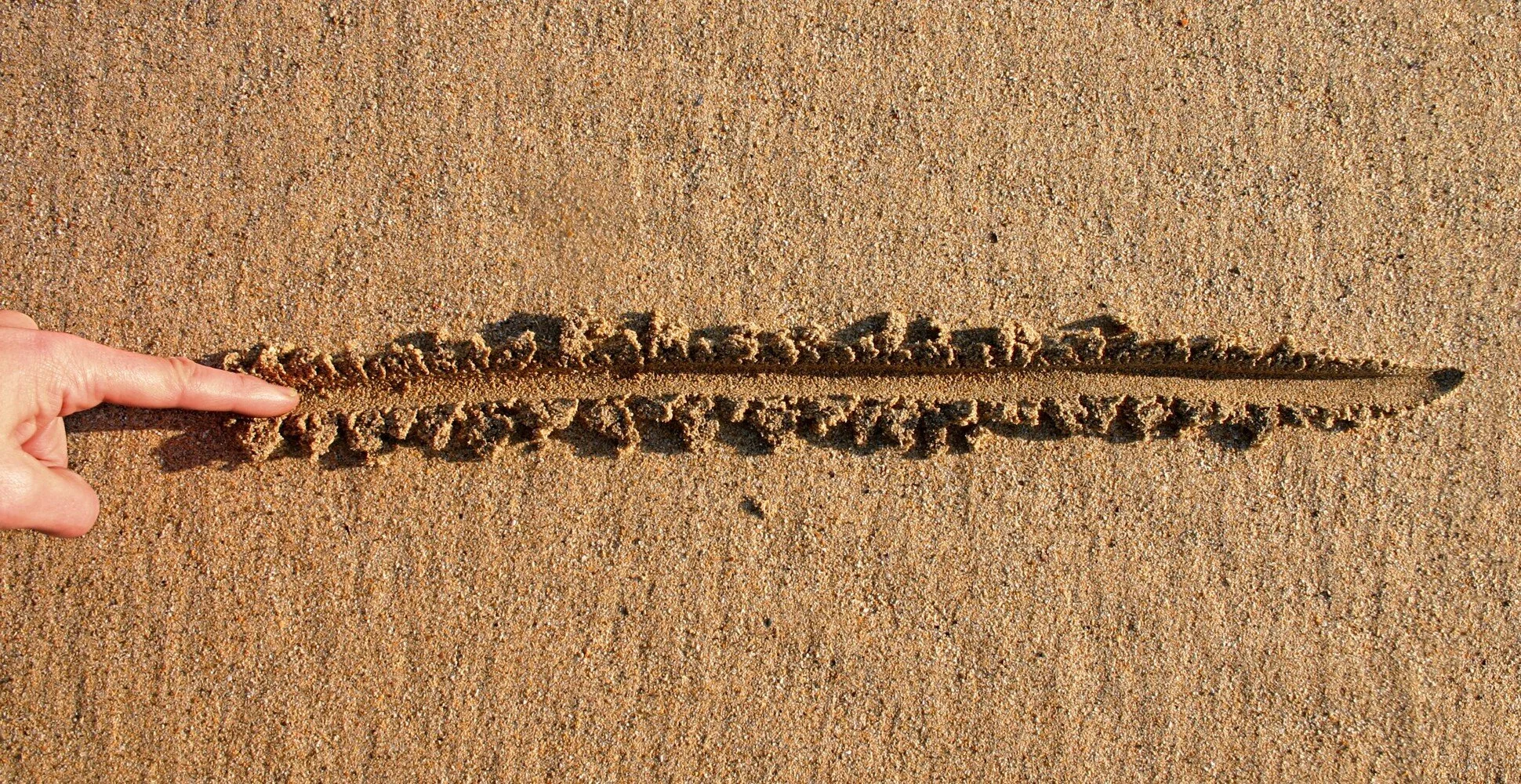Coaching is characterised as a judgement and decision making process. Practitioners and indeed most professionals who work in human performance are de facto coaches of humans. As such, the quest that unites coaches in different sports and practitioners across disciplines is to develop our professional judgement and our ability to make better choices and decisions over time. There is no endpoint to this journey and so the need to continually hone our judgement and decision making applies irrespective of what stage we are might be at in our career. That said, the question of how we best develop these skills for practitioners at the start of their career versus catering for these aspects in continuing professional development thereafter will likely require different solutions.
Where Do We Draw the Line in Elite Sport?
Recent scandals, including multiple allegations and criminal cases of serious abuse, have rocked sport around the world. Arguably the most egregious example is the case of USA gymnastics, which should serve as a cautionary tale for everybody involved in sport at all levels. Against this backdrop, there has been something of an avalanche of allegations of bullying and improper conduct that are presently playing out in the public sphere. In turn, this has prompted calls for national sporting bodies to be less obsessively driven by winning medals. The perils of the ‘winning at all costs’ mentality have been cited as the reason behind the toxic environments and climate of fear that has been alleged in multiple sports, notably in the investigations that are presently ongoing within the UK. But of course winning on the world stage does come at a cost, both financial and personal. So where should we draw the line?
Rehabilitation and Return to Performance Following Injury
In elite and professional sports there is obvious incentive to ensure athletes make a prompt and successful return to action following injury. There is a clear impetus to push the envelope in an attempt to accelerate the recovery process and minimise the time spent on the sidelines. The impressive recovery times reported with common injuries in professional sports are testimony to the success of the progressive and innovative approaches presently employed. In a ‘high performance’ setting athletes benefit from having a staff of professionals at their disposal on a daily basis to support the endeavour. Given such dedicated support it is perhaps unsurprising that athletes at the top level also show a far higher likelihood of making a successful return to their preinjury level following severe injuries such as ACL rupture, compared to what is reported with performers at lower levels of competition. The stakes involved might differ below the elite level but there are nevertheless lessons to be learned from their approach to performance rehabilitation and return to competition. In this latest offering we explore the advances in how we deal with sports injuries and consider what lessons we might adopt to improve outcomes for performers at all levels.







